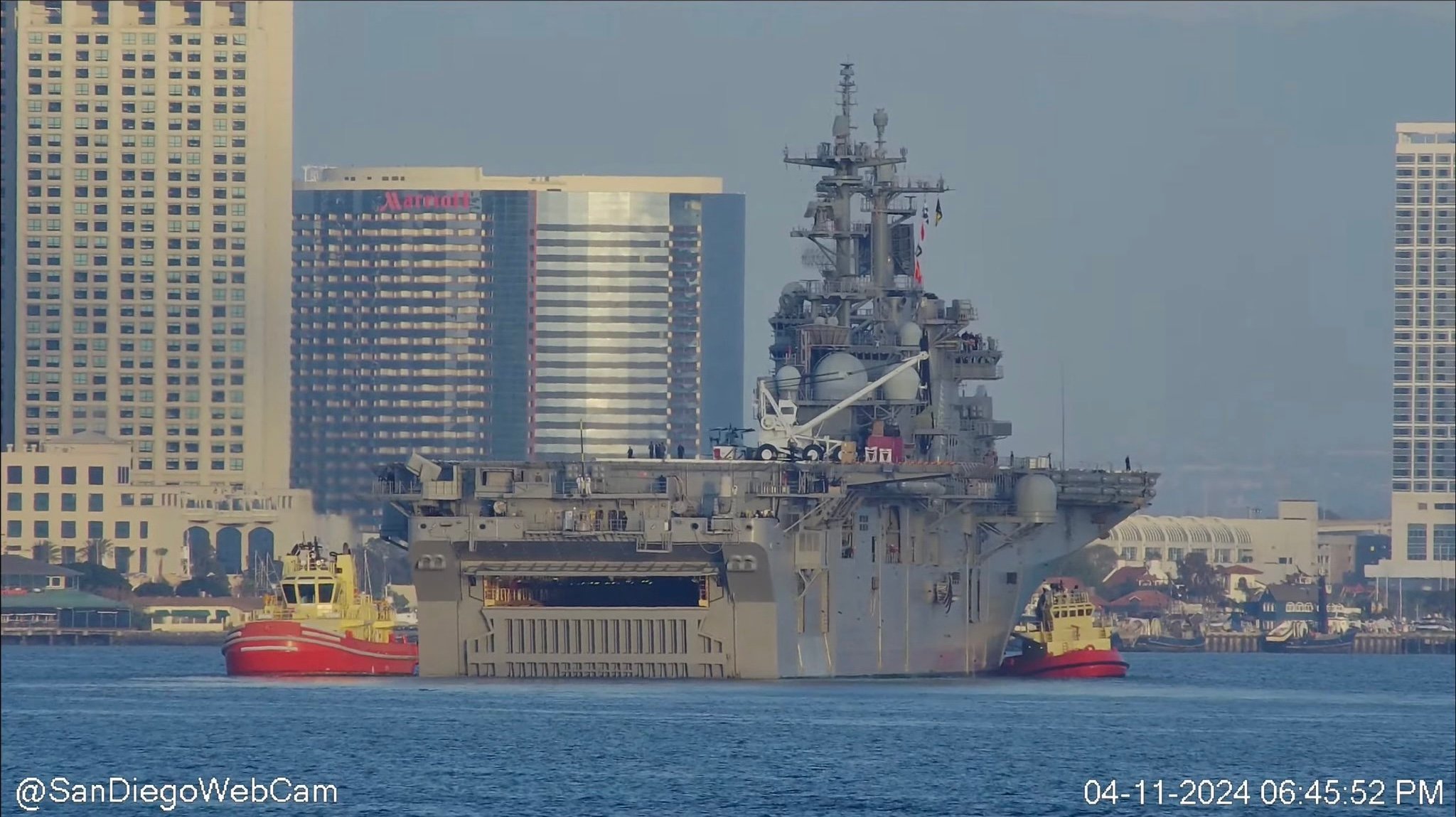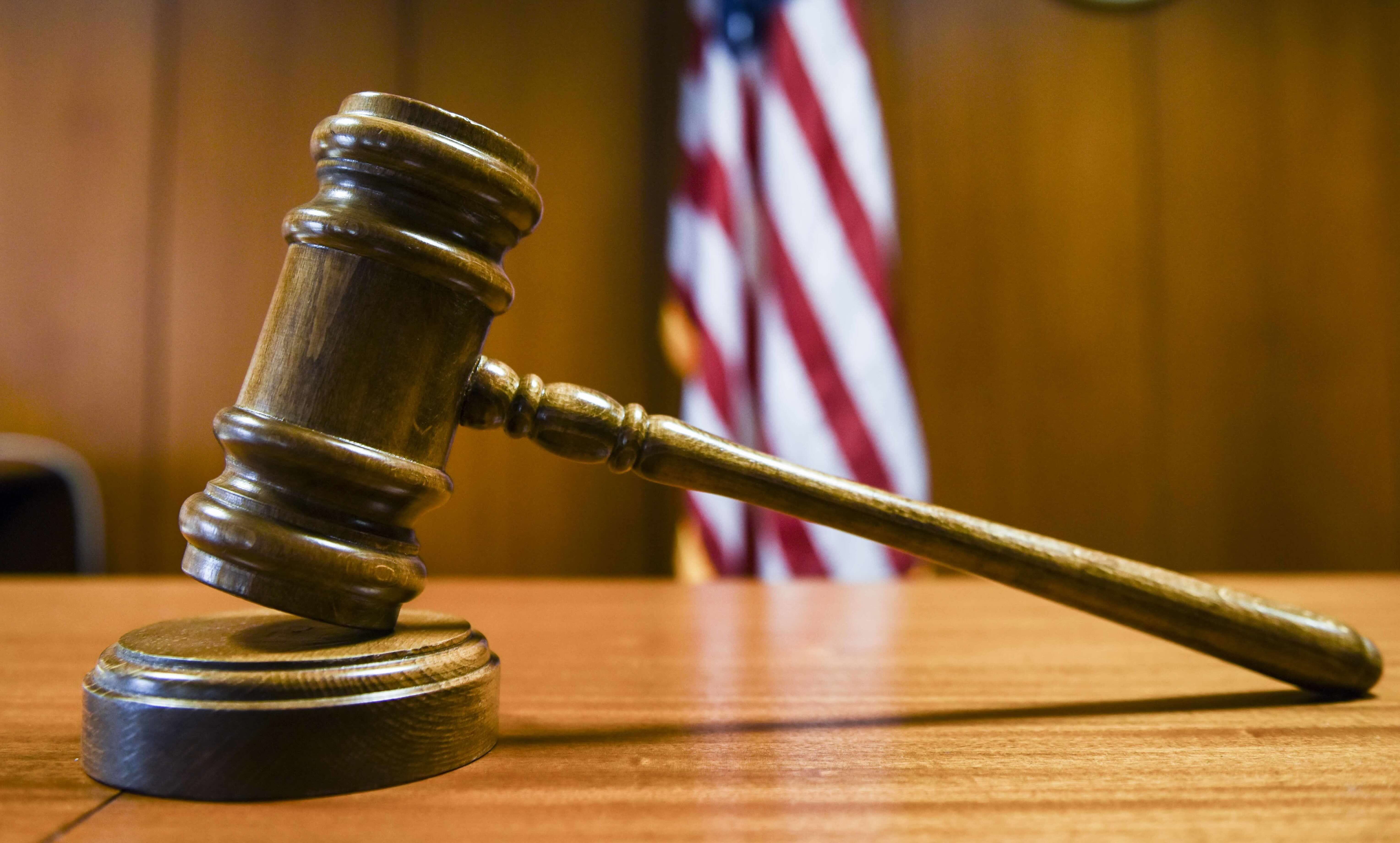President Barack Obama spent a night on the borders of Russia in Estonia, a country with a sizeable Russian minority, and from whence you truly can see Russia. In remarks a few hours ago, President Obama spoke not only to Estonia and NATO – but to the watchers just across the border in Russia when he said “”In this alliance, there are no old members or new members, no junior partners or senior partners — there are just allies, pure and simple. We will defend the territorial integrity of every single ally.”
On Wednesday he flew to Wales to lead the West in figuring out how to enforce borders, physically and strategically. The West must show a sense of strategic urgency in dealing with a resurgent Russia, or risk sliding into a rough “Cold Peace.”
Unfortunately, the U.S. is allowing itself to be consumed with Islamic State of Iraq and Syria (ISIS or ISIL), the U.K is worried about the Scots leaving, France is, if not in shambles, then certainly making the Italian government look relatively effective, and Merkel is tired whilst the Poles are consumed with their own internal scandal.
As summer draws to a close, the days are still long and warm in eastern Europe — but there is an urgency in the air. September and early October is the ‘golden season’ in this region, but everyone hustles to complete their preparations for the winter, gather the harvest, stock the wood and prepare to settle in for a long season of short dismal days and biting cold.
This time of year is the “traditional” surge of combat operations and gain consolidation in Europe, especially Eastern Europe. Napoleon, Piłsudski, Manstein and others always push hard this time of year. 200 years ago, Napoleon tried to hold onto his gains in Europe; 100 years ago the Germans, French and Russians slogged it out trying to ‘win’ before winter. Now Putin (Russia) and Poroshenko (Ukraine) are engaged in the same wrestling match, racing against time and each other.
At stake is a ‘corridor’ from Mother Russia to Little Russia – Crimea. Currently, most everything that has to get to Crimea must go through Ukraine. That gives Ukraine leverage that Russian President Vladimir Putin doesn’t like. While sources are sketchy, it appears that all is not going as well in Crimea as the initial euphoria would have led ancient Rus to have expected; annexing a region with non-contiguous borders is a challenge. Now Russia has this in both Kaliningrad and Crimea.
Just as Putin’s Russia several years ago sought a land corridor to Kalingrad (Poland stridently resisted, and it was diplomatically defeated in detail) now they are seeking a land corridor to Crimea. Russia realizes that a full investiture of Donetsk and Luhansk will prompt a full-out war with Ukraine, so they are trying to ‘salami slice’ the problem. Russia’s ultimate goal: full access to Crimea, unfettered throughput along a Sea of Azov Luhansk, Torez, Mariapol corridor.
Once they have this, then they can fully deploy the energy and other resource weapons of economic power against Ukraine. Absent control over access to Crimea, Ukraine is in a very strategically compromised position – and Putin and Poroshenko both know it. Putin will then be able to threaten to make Ukraine go dark and cold, and because of other pipelines, all built over the last ten years for exactly this strategic capability, Western Europe will still get most of its energy resource requirement met without significant interruption.
Making the land-bridge connection between Russia and Crimea is a strategic necessity for Russia, and Ukraine is in the way. As long as they are not connected, Putin has to work, however uneasily, with Poroshenko. Take Ukraine out of the equation, and at least you can get to Crimea, and more importantly you take away Ukraine’s sole leverage over Russia at present.
At the same time, NATO is starting its summit this week. The EU just put in a new leadership couple – Poland’s Donald Tusk (a very western focused leader who finds confrontation and challenging Putin’s Russia to be so last century and who is likewise embroiled in a bitter political dispute at home) as President of the European Council and Italy’s Federica Mogherini as High Representative for Foreign Affairs and Security Policy (and vice-President of the European Commission).
Putin knew that these positions were up to rotate, and has sequenced his actions to simultaneously confront NATO and EU with a daring “race to the Sea” and daring the West do to anything about it. Much like September 1st 75 years ago – but with significantly more subtlety and using all organs of national power – access and a corridor are at the center of a potentially explosive European conflict. Europe got the response wrong last time – let’s hope this time when they meet in Wales they get it better.
That will be tough, with Afghanistan drawing down, and the regional economies of Europe still struggling to recover, the surge in ethno-nationalism, and myriad other domestic challenges that will more than overcome most any meaningful “appetite for adventure” as my British friends call it. Nonetheless, the European-Atlantic alliance must again re-invigorate itself to face this new (old) challenge. We need leadership from President Obama to support and shore up the regional leadership of Germany’s Angela Merkel (see Alison Smale’s article 19 August in the New York Times “German Leader Emerges as Key Figure in Ukraine Talks”) who has recently been described as the “pivotal leader on the Ukraine conflict.” We need a new strategy that examines closely what the long-term threats to Europe and the “West” are, and not only responds, but prepares to posture smartly, create opportunities, and exploit them pragmatically. Urgently, this may be the last best hope for the Obama administration to create a positive strategic legacy in foreign affairs, as noted by Anne Applebaum recently in the Washington Post.
Fashioning this “Cold Peace” can be built on dual pillars, starting with US economic power to taper the Federal Reserve’s monthly and quarterly “easing” funds. Slow down the sustained inflow of U.S. money, and the global market shudders (See: Foreign Affairs July/August 2014 “The Trouble with the Taper” by Benn Steil). Not a decision that should be taken lightly, but an option that is open to President Obama and the U.S. In concert with reduced dollar flows, keep up the targeted sanctions – they will not make everyone happy, but they will certainly frustrate Russia’s oligarchs, and keep up the pressure along the fiscal front. Simultaneously, we do not necessarily need Michele Flournoy’s “Return to Europe” basing construct, but we should certainly build policies that create a persistent presence. For example, we can ‘surge’ forces to Europe for Reforger-type exercise, as well as fashion more exercises in all spectrums of warfare competencies to demonstrate both capacity and resolve.
Russia has clearly thrown down the gauntlet; we don’t need to react, but we do need to respond and fashion a pragmatic peace with the Russians that allows room to bump and run on our many convergent interests. We don’t have to be friends, we can admit that perhaps the “Reset” was more aspirational than actual, but we do need to forge a new strategy, and force and new working relationship – otherwise it’s going to be a long strategic winter, and the harvest may not be very sustaining. We don’t have to solve Ukraine’s problems, but they do need to be addressed as part of a larger strategy. The response began in Tallinn Wednesday, and needs to continue in Wales.






